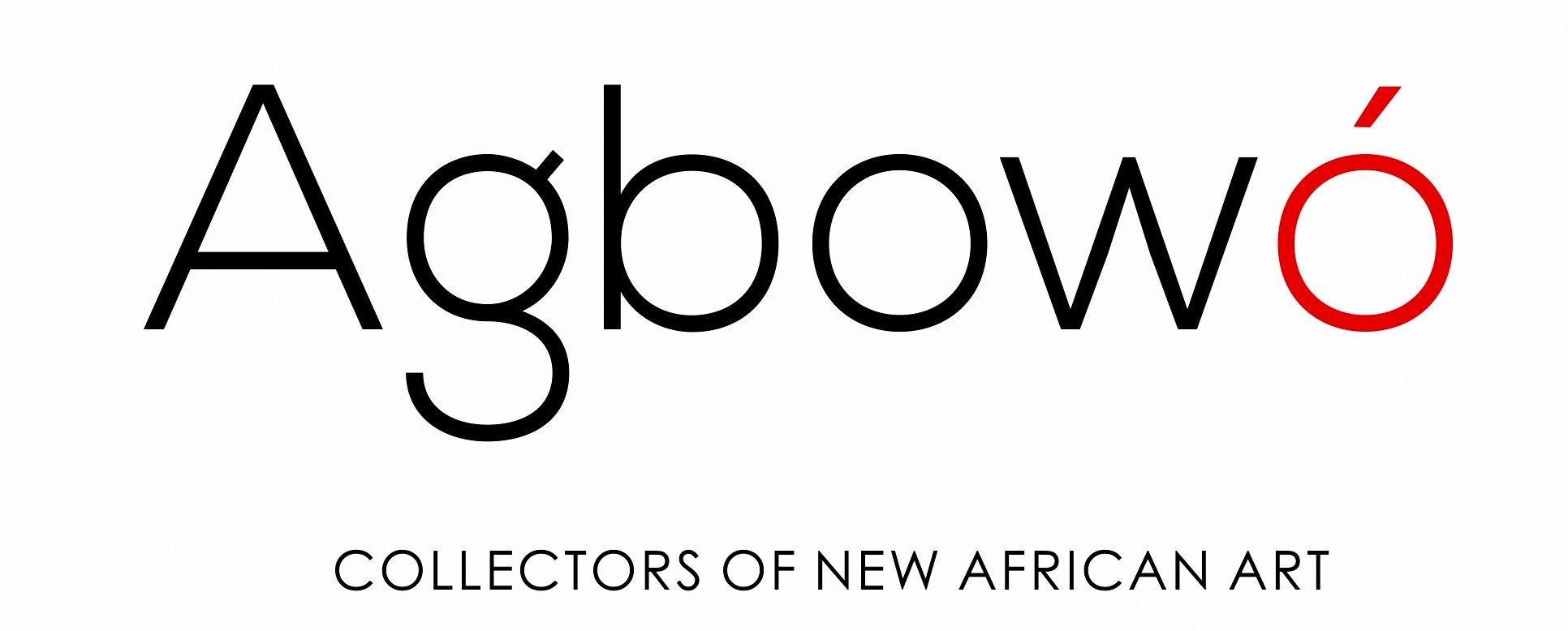ISSUE 8 | JANUARY 2024 | WOMAN ISSUE
Facing east on a roof top terrace at the Opera village my eye follows the line of the horizon, until it meets an incline, two modestly sized hills that rise like the electrical waves of a heartbeat recorded on an electrocardiogram machine. I think there is something about these two hills rising on the flatline of the horizon, that holds the vibratory pulse of the aliveness of this place. I don’t speak Morre, neither do I speak French so I can’t ask anyone if this is true. I am forced to dialogue directly with what I hear and see.
During my morning walks I am accompanied by a soft ice cream yellow sun. The sun sits close to the ground and generously invites me to join in eating the landscape. My eyes have taken the place of my mouth and I accept the invitation. I am presented with an array of trees, shrubs, and serrated red earth that have a sherbet tinge in the morning light. Apart from the two hills, the horizon is mostly a flat uninterrupted line that makes a circle around me like a large terracotta dish. I am encircled by this dish but I can also reach out and digest it.
My eyes are watering. I have always had a haptic taste for red earth, globular rough stones that I can feel and fit in my hand. And then there are the shy birds that I particularly cherish that flutter away when I try to centre them in my vision. Most mornings I am awakened by the urgent songs of a gang of morning birds that sound so close they could be by my bedside. I imagine their dark beaks and glassy eyes centimetres away from my pillow.
The birdsongs are loud in defiance of their restrained fluttering, they sing as if no other creatures are present. I am an insignificant creature in their territory, yet here I am; somehow I have slipped through their sonic barricades. I navigate their sonic defences to find some songs are coherently melodic and complex. Other times, feral, yearning and searching. Searching for what? For whom?
One morning I walk all the way until I reach the two hills, stopping occasionally to forage for stones. I find that there is a passageway between the two hills, with colourful shrubs and large rocks. At this scale the hills look mountainous, ancient and totemic. I walk through the passage way and find that behind the two hills there is another seemingly endless valley of grassland and more hills to ingest.
I wonder how I got here? Just moments ago I set my eyes on the hills from the terrace now here I am, my feet planted in between the hills. The speed of vision, the speed of light, light as movement, movement as light, movement as a type of seeing, walking as seeing, line making, mark making, tracing, drawing. I am making new drawings, circles, triangles, and spirals through the trees.
I hear that all the trees here have medicinal purposes. I can recognise some of the plants from the book Biodiversity Atlas of West Africa: Burkina Faso. Unnamed grasses I run my fingers through that have scientific Latin names in the book like the Loudetia simplex, Panicum laetum Kunth and the Schizachyrium sanguineum. The sporobolus pyramidalis, what I usually recognise as a weed, is listed as having a magic-religious use in the book.
I see the Adansonia digitata L. also known as the baobab tree. One morning I walk towards the gigantic bulbous trunk of a baobab tree. I track the leafless fruitless branches with my eyes out into the sky. I stand for a few minutes in contemplation and close proximity; the tree strikes me as more of an old woman than a tree. A younger woman cycles down the path and is startled by my comfort and closeness to this tree. She slows to a stop and turns to stare in my direction. Then a frantic sequence of hieroglyphic gesturing begins. Her fingers bunch together into a cone, and she darts it towards her nostrils at close intervals. Then she uses her bunched fingers to signify a biting animal by pinching her forearms. She is warning me about the consequences of standing so close to the tree. I heed her warnings and step away.
There are boundaries, lines and barriers in this sublime and seemingly boundless place. Some lost to history, others lost to language, some lost to forgetfulness. They crisscross through the landscape and are sedimented in layers unseen and sandwiched in geological time, archived in the memory of stones, the memory of sand, the memory of feet and the songs of birds. Some boundaries are visible in the old paths made by and for human feet leading to villages, water sources and farmlands. I know it is wise to stay on these paths laid down by some old wandering mitochondrial Eve and affirmed and worn down by her lineage. Some pathways and boundaries have been covered over time and are revealed by chance wanderings and frantic warnings. With each step, I am making, walking, worlding, storying an amorphous moving body into being through this landscape.
Rahima Gambo
Rahima Gambo is a visual artist who explores the experimental and conceptual territories between documentary, psycho-geography, socio-politics, ecology, and autobiography.
Photo by Simon Waelti on Unsplash






